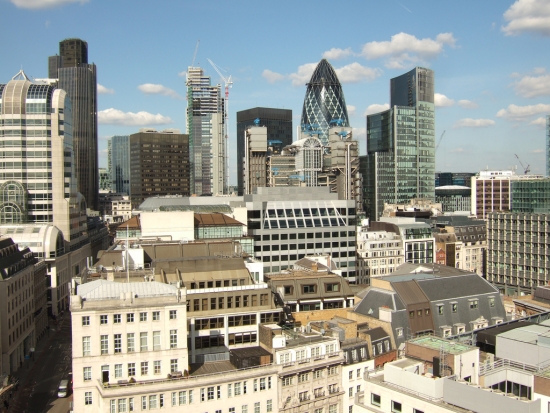In the case of residential property, the three most important factors are “location, location, and location.” But when it comes to commercial property, does the mantra apply in the same way?

The London market is very active right now, and has reached boom levels, according to Mat Oakley, Savills’ head of commercial research. He commented recently that the three words to remember in commercial property would be, “London, London, London.” Global investors who are looking for a low-risk place to put their money are turning to this market, since they see it as the proverbial “safe haven.”
Tenants are signing long-term leases of up to 15 years, which is providing a stable source of income. Full Repairing and Insuring (FRI) leases are slanted in the landlord’s favor, since they pass on all of these costs to the tenant. Upward-only rent reviews are another positive trend for commercial property investors, and make owning property an attractive proposition.
Last summer’s Olympics served to increase the focus on the London market and widen the gap with the rest of the country, according to Paul Connolly, director of construction consultancy Turner & Townsend.
In London, a prime office will provide a 3.75 per cent yield to an investor. Going outside of the capital would mean taking a higher risk, but would offer the potential for a bigger reward.
Investing in the regions, such as Birmingham or Manchester, could mean a yield of up to 6.25 per cent. In towns like Chester or Guildford, demand is strong for high street shops and there are very low vacancy levels. If investors are prepared to buy now and wait for recovery to come to the secondary markets, rents will rise.
So Location is important when looking for commercial property, but supporting factors also play a role. If an investor is looking for industrial space, it must be located close to good transportation links. Occupiers also want modern units, or they won’t be interested in signing a lease.
In the office sector, developers are responding to tenants’ needs by creating spaces which provide the type of open concept plans that occupiers are looking for. In retail, public transportation and plenty of parking are important considerations.
Pamela Gray, from CKD Galbraith in Edinburgh, says, “In the town centre, you get a cluster effect where lots of high fashion retailers want to be in a certain location. Edinburgh’s George Street is an example, where rents have continued to grow throughout the recession.”
Large companies look at location, transport and access to a good workforce. University cities like Edinburgh, Cambridge and Oxford are strong regional hotspots for this reason, says Paul Connolly, director of construction consultancy Turner & Townsend.
“For the services industries, flexible working practices mean the precise location of the company’s premises has become less important. What is crucial is choosing somewhere where they can both attract and retain high quality staff,” he added.
Previous Post
Sports Direct Moves in on HMV Flagship Store